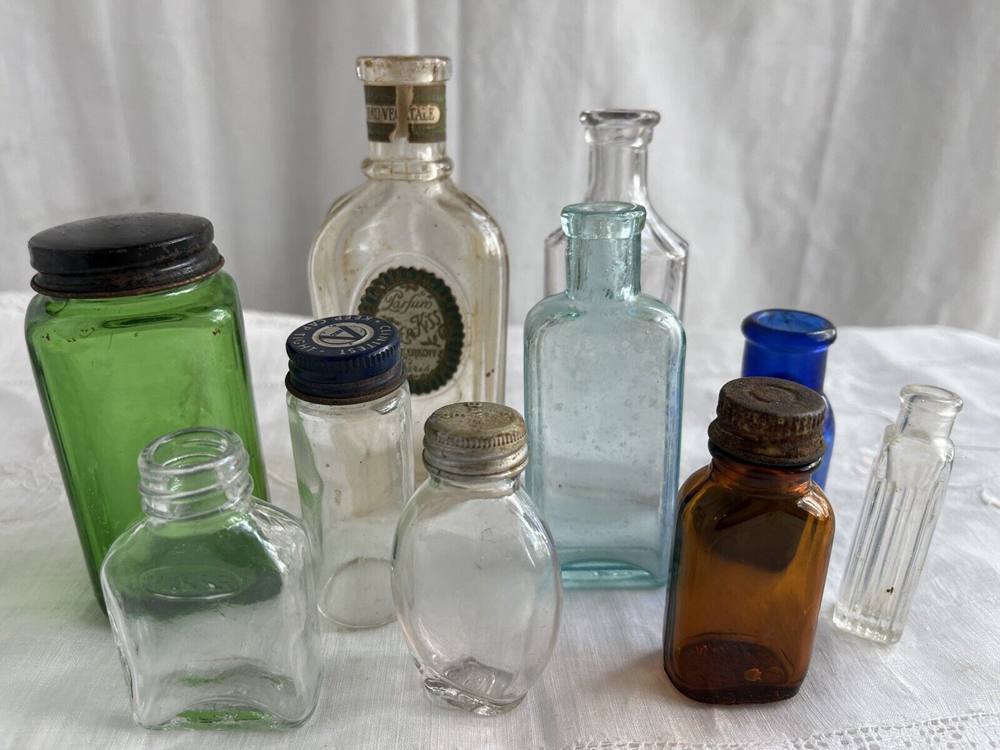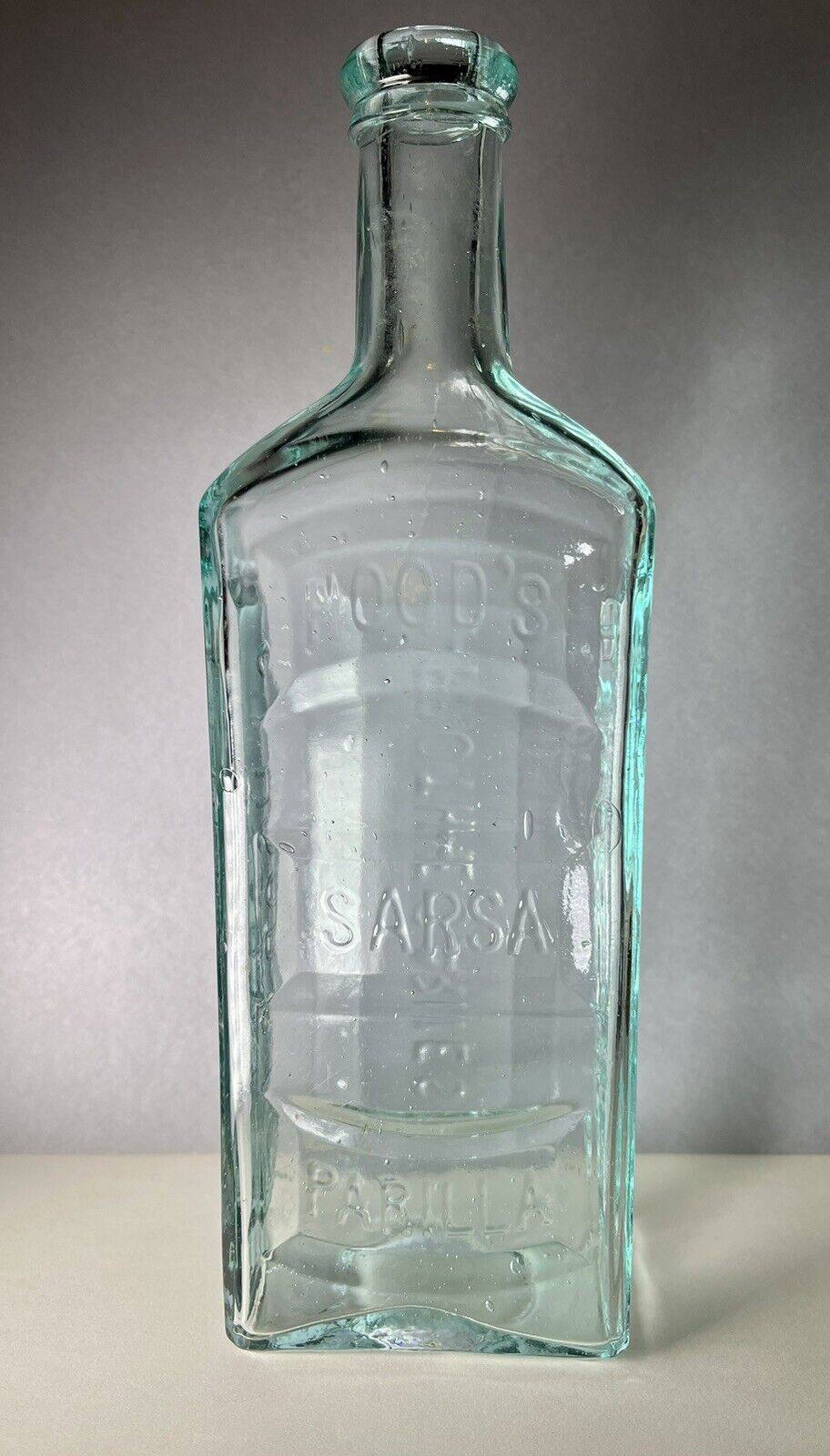Antique medicine bottles are a captivating aspect of the past, offering insight into the pharmaceutical industry and fascinating design elements. As a collector, you might find yourself intrigued by the various colors, shapes, and markings on these bottles. To ensure you’re making well-informed decisions and appreciating the true value of your acquisitions, it’s essential to have a strong understanding of identification and valuation techniques.
One crucial aspect of identifying antique medicine bottles is determining their age, with bottles older than 100 years being classified as antiques, and those between 20 and 100 years considered vintage. Pay close attention to branding and trademarks, the design and shape of the bottle, and the color of the glass. Familiarize yourself with certain bottle markings and utilize resources, such as books or reputable online guides, to help you navigate your collection more confidently.
As you explore the world of antique medicine bottles, keep in mind that their value largely depends on factors such as the manufacturer, the bottle’s condition, limited availability, color, labels and content, and the overall design of the piece. By investing time in educating yourself about these elements, you’ll be well-equipped to grow and appreciate your unique, historical collection.
Table of Contents
History of Antique Medicine Bottles
Antique medicine bottles have a rich history dating back to the 18th and 19th centuries. During this time, the production of medicine bottles increased, leading to a wide variety of shapes, sizes, and colors. These vintage bottles not only held medicine but also showcased the branding and design elements which attracted attention from collectors even today.
In the 19th century, medicine bottles typically had a rectangular shape with indented panels. This general form was used for numerous medicinal products, making it a versatile design choice. However, these bottles were often hand-blown and featured textured patterns and dots, which contributed to their unique charm.
As the medicine industry grew, so did the competition among manufacturers. This led to fancier and more interesting designs of medicine bottles. Companies strived to make their bottles stand out with distinct branding and visually appealing characteristics.
To identify antique medicine bottles, it’s important to consider several factors, such as:
- Age: A medicine bottle is considered antique if it was produced over 100 years ago. Vintage bottles were produced between 20 and 100 years ago.
- Glass quality: Antique medicine bottles typically have lighter glass, narrow necks, and brittle walls.
- Manufacturing techniques: Prior to the 20th century, medicine bottles were usually handmade and had unique shapes and markings.
When it comes to the value of antique medicine bottles, factors such as rarity, age, and condition play a significant role. Older bottles with unique designs, uneven textures, and interesting patterns tend to have a higher value. Additionally, bottles that feature embossed markings can provide valuable information for collectors and enthusiasts, potentially increasing their worth.
In summary, antique medicine bottles offer a fascinating glimpse into the history of medicine and manufacturing techniques. Understanding their unique features and designs can help you appreciate these vintage items, as well as decipher their value and significance in the world of collecting.
Types of Antique Medicine Bottles
Antique medicine bottles come in a variety of shapes, colors, and materials. Understanding the different types can help you identify and value your collection more accurately. Here are some of the main types of antique medicine bottles you may come across:
Prescription Medicine Bottles
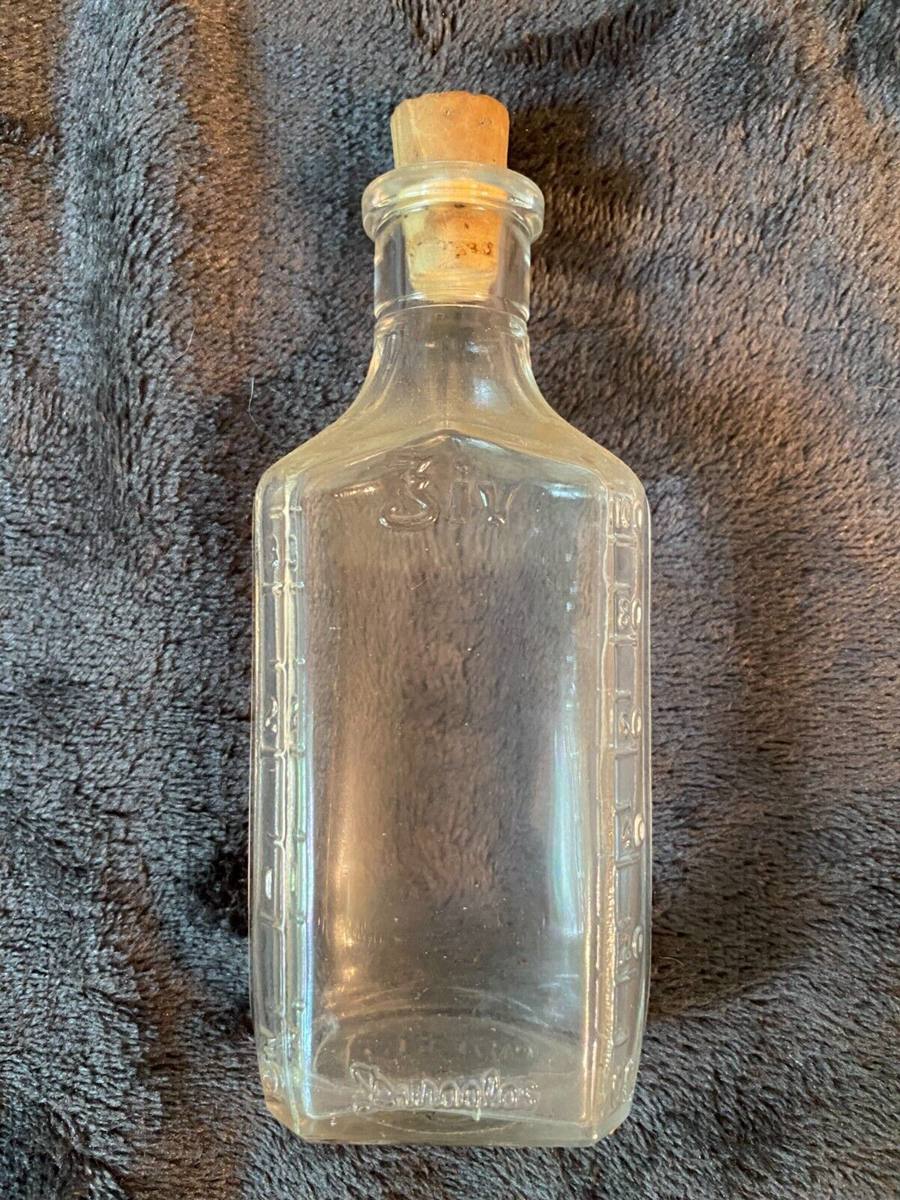
These bottles were used by pharmacists to dispense medicine prescribed by a doctor. They often have the pharmacy’s name and address embossed on the glass, making them easier to identify. Typically, prescription medicine bottles are cylindrical and have a lip at the top to accommodate a cork or glass stopper.
Bitters and Tonics
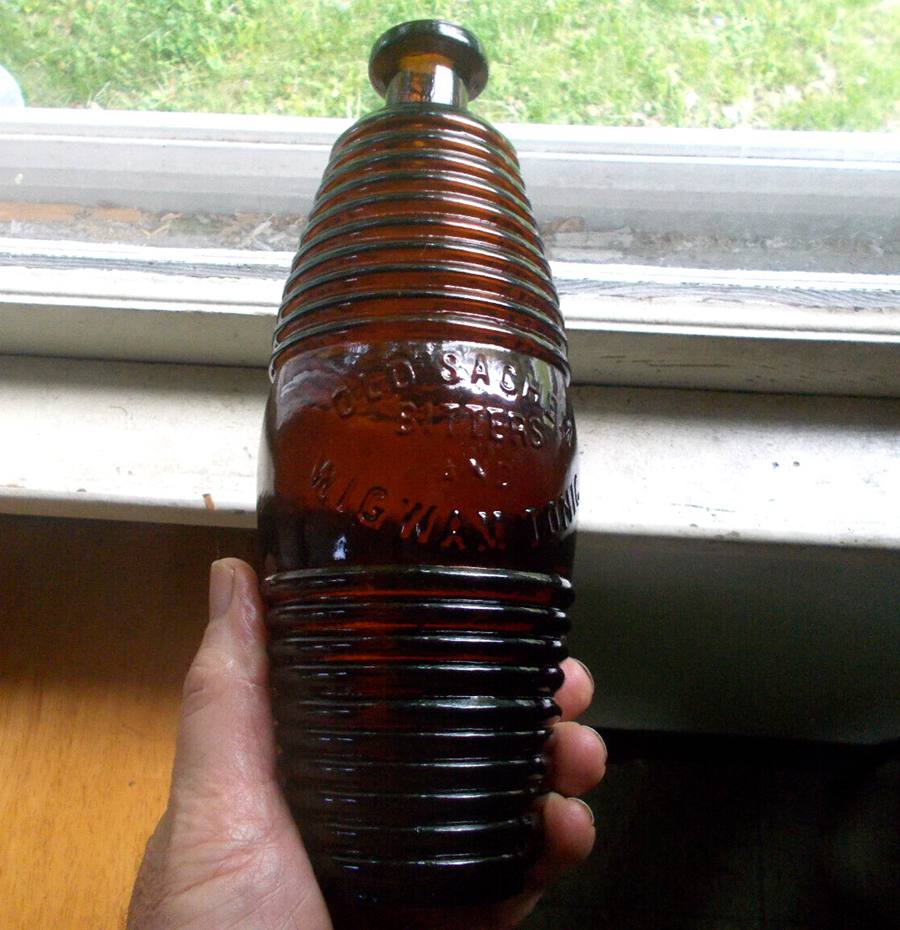
Bitters and tonics were popular medicinal remedies, often containing alcohol and herbs. These bottles often have an interesting shape, such as a log cabin, barrel, or fish. The unique shapes make these bottles highly collectible and valuable.
Sarsaparilla Bottles
Sarsaparilla was a popular remedy in the 19th century, believed to cure various ailments. Sarsaparilla bottles are typically cylindrical or rectangular, with a narrow neck and embossed lettering identifying the product and manufacturer.
Remedies Bottles
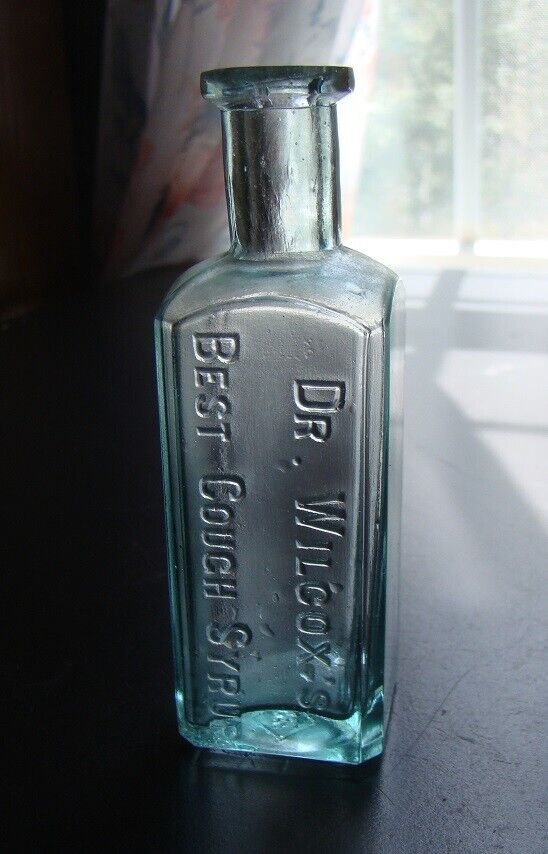
These bottles contain various over-the-counter remedies, such as cough syrup, liniments, and ointments. The shape of the remedies bottles can vary, but they often have a relatively small opening to dispense the contents. Some remedies bottles may have labels affixed to the glass indicating the contents, while others may have embossed or molded lettering.
How to Identify Antique Medicine Bottles
Determining the age and origin of antique medicine bottles can be a fascinating and rewarding endeavor. To help you get started, follow these steps:
- Branding and trademarks: Examine the bottle for any embossed text or symbols. Manufacturers often stamped their company names or logos onto the glass. If you find such markings, research the brand or trademark to determine when and where the bottle was produced.
- Design and shape: Antique medicine bottles come in various shapes, including square, rectangular, oval, and round. Familiarize yourself with these shapes to help you identify the age and style of a bottle.
- Color: The color of the glass can also provide clues to a bottle’s age. Early medicine bottles were often made from dark glass to protect the contents from sunlight, while later bottles may have different colors. Take note of the color and compare it to examples from different periods to help with identification.
- Bottle marking: Look for embossed markings on the base or sides of the bottle, which can provide additional information about the manufacturer, production date, and location. Some markings might be difficult to decipher, so consult online resources or reference books for assistance.
- Visit an antique glass specialist: If you’re unable to identify a bottle on your own, consider consulting an antique glass specialist or joining a collectors’ group. These experts can provide valuable insights and knowledge that may help you with identification.
- Use a book or online resources: Numerous books and online resources are available to assist you in identifying antique medicine bottles. Utilize these resources to expand your knowledge and enhance your identification skills.
Remember, an antique medicine bottle is considered as such if it was produced over 100 years ago. If it was produced between 20 and 100 years ago, it is classified as vintage. Keep this distinction in mind as you assess the age and history of your medicine bottle.
Determining Value of Antique Medicine Bottles
When trying to determine the value of antique medicine bottles, there are several factors to consider. Being aware of these factors will enable you to estimate your bottle’s worth more accurately.
- Color: The color of the bottle plays a significant role in determining its value. Darker shades, such as black and amber, are usually more valuable than lighter colored bottles.
- Branding and trademarks: Branded medicine bottles typically fetch higher prices than non-branded ones. Check for any branding or trademark information on the bottle to help determine its value.
- Design and shape: Unique designs and shapes can add to the value of an antique medicine bottle. Look for any unusual features or shapes that may set your bottle apart from others.
- Condition: The overall condition of the bottle greatly impacts its value. Examine the bottle for any marks, chips, or cracks. Pristine condition bottles will be worth more than those with damage.
- Limited availability: Rare antique medicine bottles are often more valuable due to their scarcity. Research the rarity of your bottle, and if it is a rare find, it is likely to be more valuable.
- Labels and content: Original labels and content can increase the bottle’s value. If your antique medicine bottle still has its original label and contents, it could add to its worth.
To get an accurate, comprehensive valuation of your antique medicine bottle, it’s a good idea to consult with an antique glass specialist or use online resources and books. Comparing your bottle to similar items sold at auctions, vintage shops, or online marketplaces can also give you a more precise idea of its value. Keep in mind that prices can range from $5 to $50, or even higher, depending on various factors like color, rarity, condition, and collectibility.
Popular Manufacturers to Collect
When diving into the world of antique medicine bottles, there are several popular manufacturers that you should keep an eye out for due to their collectible nature and potential value. In this section, we will discuss some of these manufacturers and factors that make their bottles unique and sought-after by collectors like yourself.
Drake’s Plantation Bitters
Drake’s Plantation Bitters bottles are prized for their unique shape and unusual glass colors. Their distinctive design, often in the form of a log cabin or plantation house, adds a sense of history and character to your collection. Be on the lookout for bottles in rare colors, as these can be especially valuable.
Brown’s Celebrated Indian Herb Bitters
Brown’s bitters bottles are recognized by their signature embossed logo depicting a Native American. Their intricate designs and vibrant colors make them a popular choice for collectors. Keep an eye out for bottles in excellent condition, as small imperfections can detract from their value.
Fisch’s Bitters
Fisch’s Bitters is another brand with distinctive designs, often featuring ornate labels and embossing. Collectors appreciate the variety of shapes and colors that these bottles come in, as well as their rarity in some instances.
National Bitters
National Bitters bottles are known for their bold, colorful labels and iconic eagle emblem. With a strong association with bourbon whiskey, these bottles have an air of sophistication and appeal to those who are intrigued by this historical tie.
Harvey’s Prairie Bitters
This brand is revered for its unique design elements, such as the prairie landscape depicted on some bottles. Harvey’s Prairie Bitters’ eye-catching labels and detailed embossing add depth and charm to any antique medicine bottle collection.
Kelly’s Old Cabin Bitters
Kelly’s Old Cabin Bitters bottles are distinguishable by the log cabin shape that some of them have. The more unusual the color, the higher the potential value. These bottles are especially valued for their connection to American history and the frontier spirit.
In summary, when collecting antique medicine bottles, pay attention to the manufacturer, design, and condition of the bottles. By focusing on these popular brands with distinctive features, you can curate a unique and valuable collection to enjoy and share with others.
10 Most Valuable Antique Medicine Bottles
As you explore the world of antique medicine bottles, there are certain factors that contribute to their value, including branding, color, and rarity. In this section, we will discuss the 10 most valuable antique medicine bottles that collectors covet. Keep in mind that values may vary based on the condition, label presence, and other specific features of each bottle.
1. Cobalt blue poison bottles
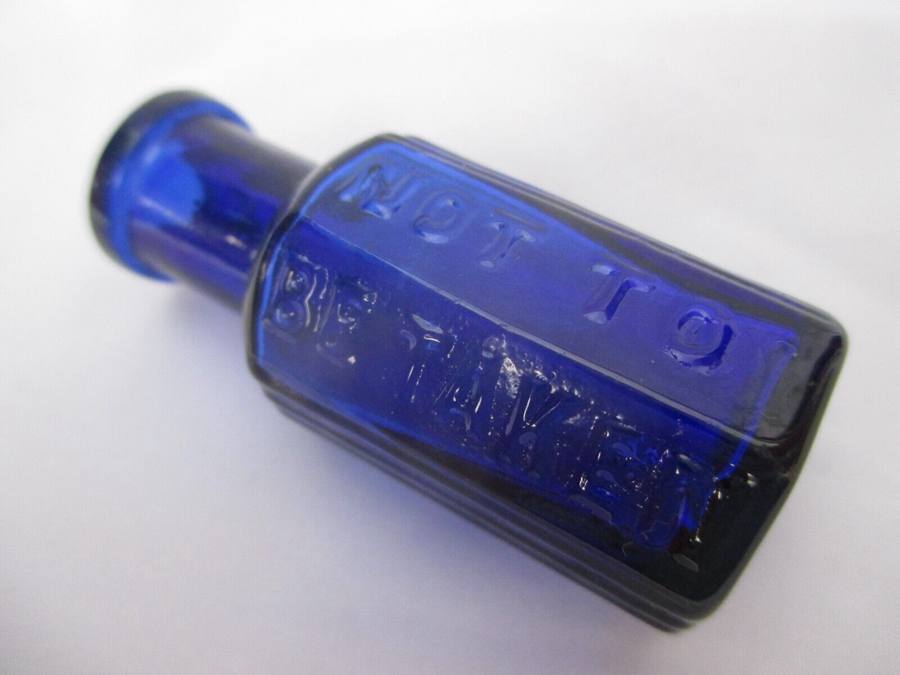
With their striking color and distinct shapes, cobalt blue poison bottles are highly sought after by collectors. These bottles may be embossed with “POISON” or feature ribbed sides to warn users of their contents.
2. Coca-Cola syrup bottles
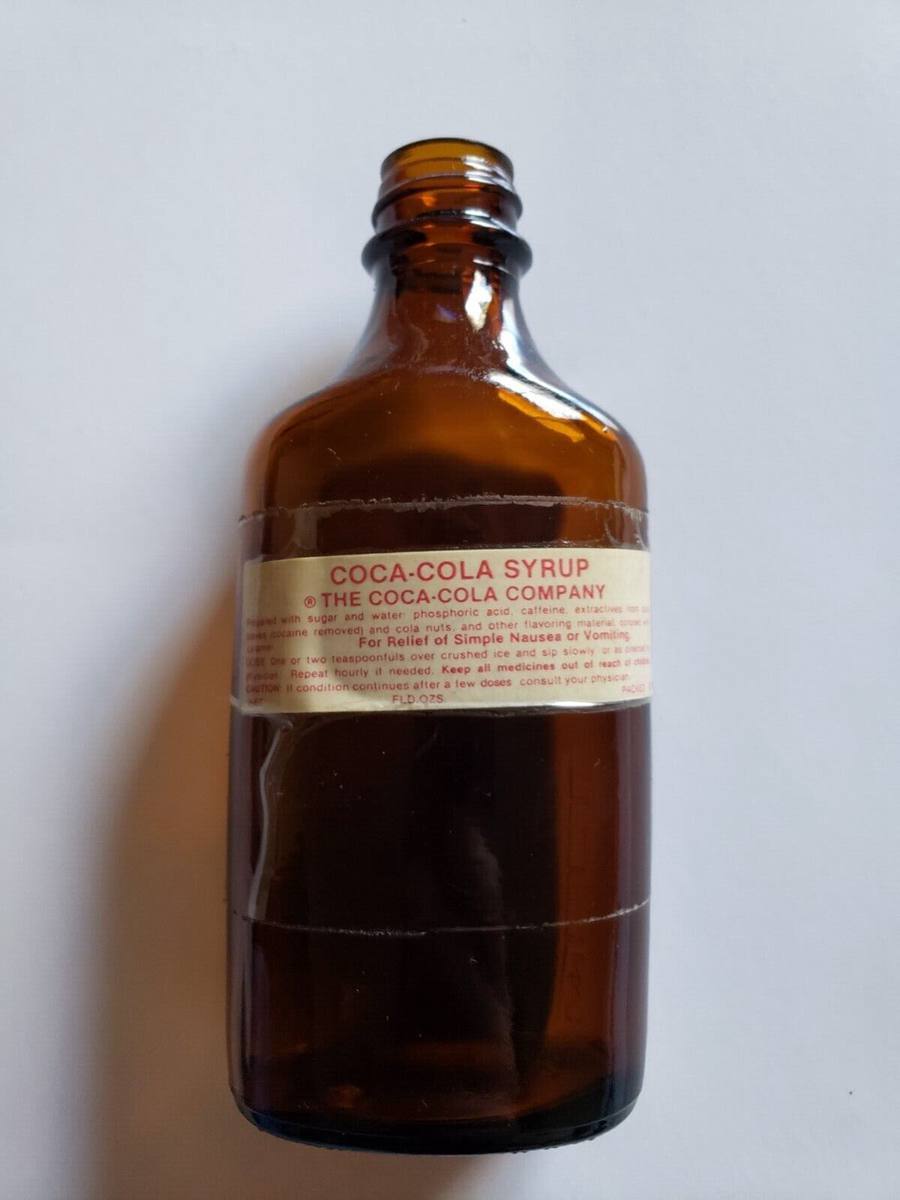
Manufactured in the early 1900s, these medicine bottles once contained the syrup base for Coca-Cola, which was originally marketed as a medicinal elixir. Rare examples in excellent condition can fetch high prices among collectors.
3. Dr. Kilmer’s Swamp Root Kidney, Liver & Bladder Cure bottles
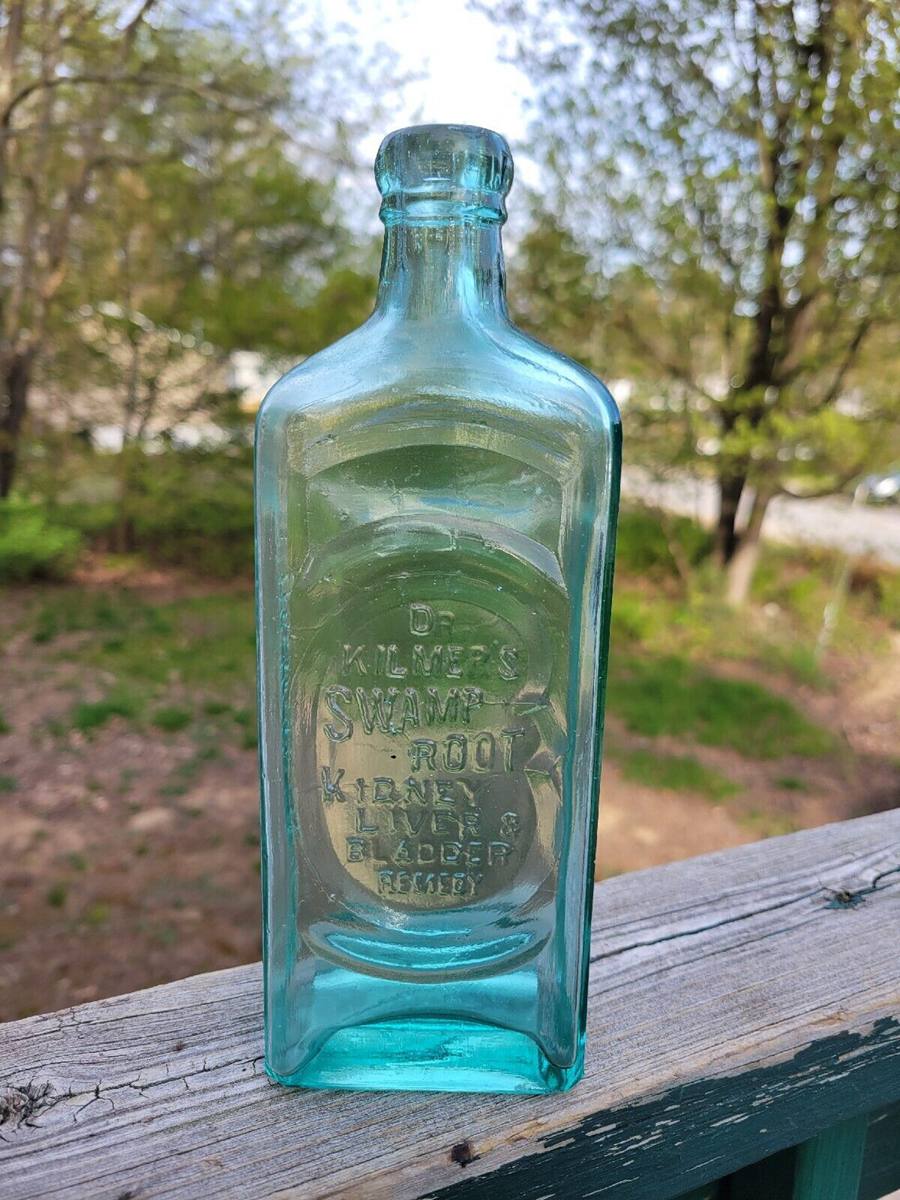
These quirky antique bottles, embossed with Dr. Kilmer’s name and a swamp scene, are a favorite among collectors due to their unique advertising and appealing design.
4. Pink glass medicine bottles
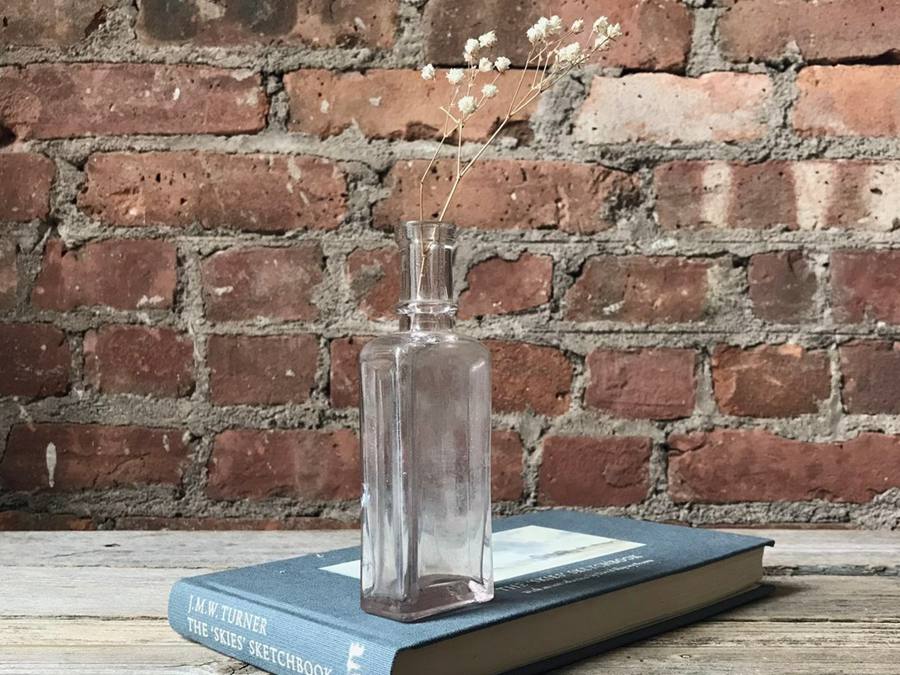
Pink glass is an uncommon color for antique medicine bottles, making it especially desirable for collectors seeking rare pieces. Be on the lookout for bottles in vibrant shades of pink or rose.
5. Warner’s Safe Cure bottles

These bottles are coveted for their unusual shapes (such as a log cabin or a safe), embossed designs, and the inclusion of the proprietor’s name. They were produced between the late 19th and early 20th centuries.
6. Pontiled medicine bottles
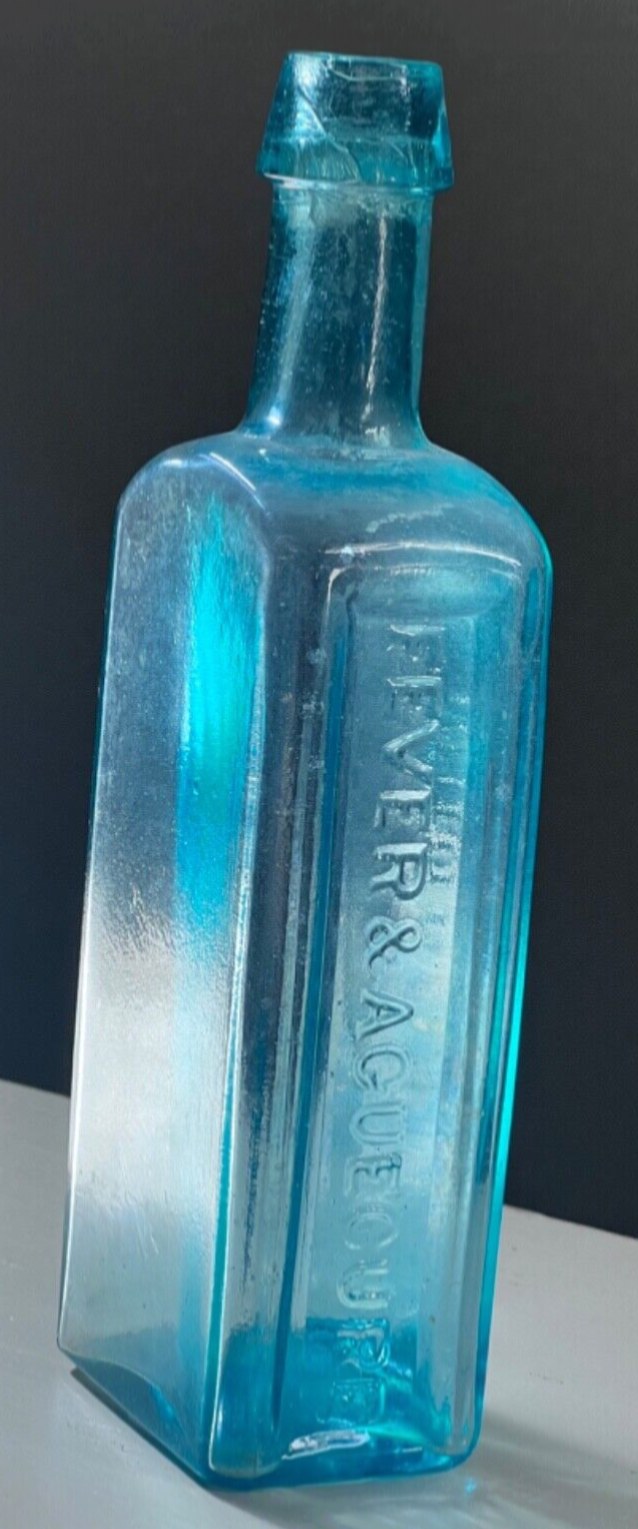
The presence of a pontil mark on the bottle’s base indicates that it was crafted by a glassblower before 1860. Collectors value these bottles for their historic and aesthetic appeal.
7. Embossed bitters bottles

Bottles that once held bitters, a potent combination of alcohol and herbal extracts, often feature intricate embossed designs and unique shapes. Examples like the Fish Bitters and E.G. Booz log cabin bottles are among the most collectible in this category.
8. Hutchinson-style stopper bottles
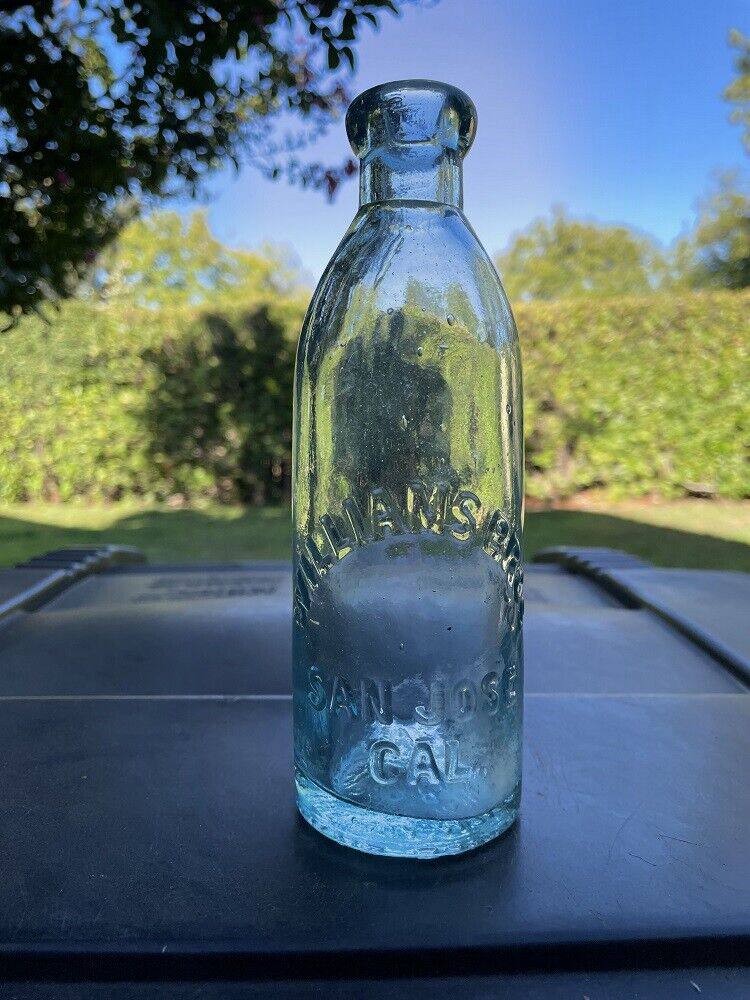
Hutchinson stoppers are an early form of closure found on some medicine bottles from the late 19th to early 20th centuries. These stoppers, along with the bottles they were paired with, command attention from collectors due to their historical significance.
9. Amethyst glass medicine bottles
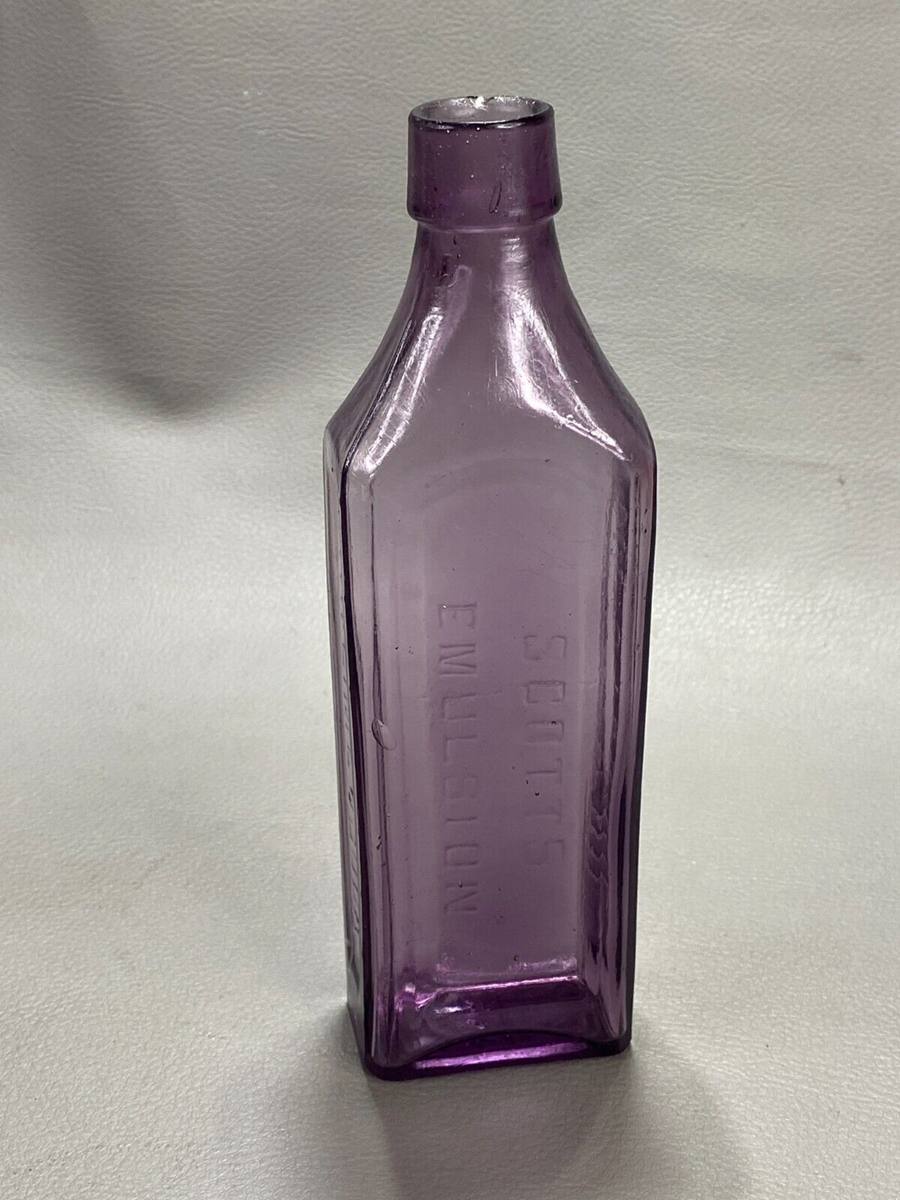
Amethyst or purple glass bottles are less common, and thus more valuable to collectors. They were often used for products like sarsaparilla, a popular 19th-century elixir.
10. Opal glass medicine bottles
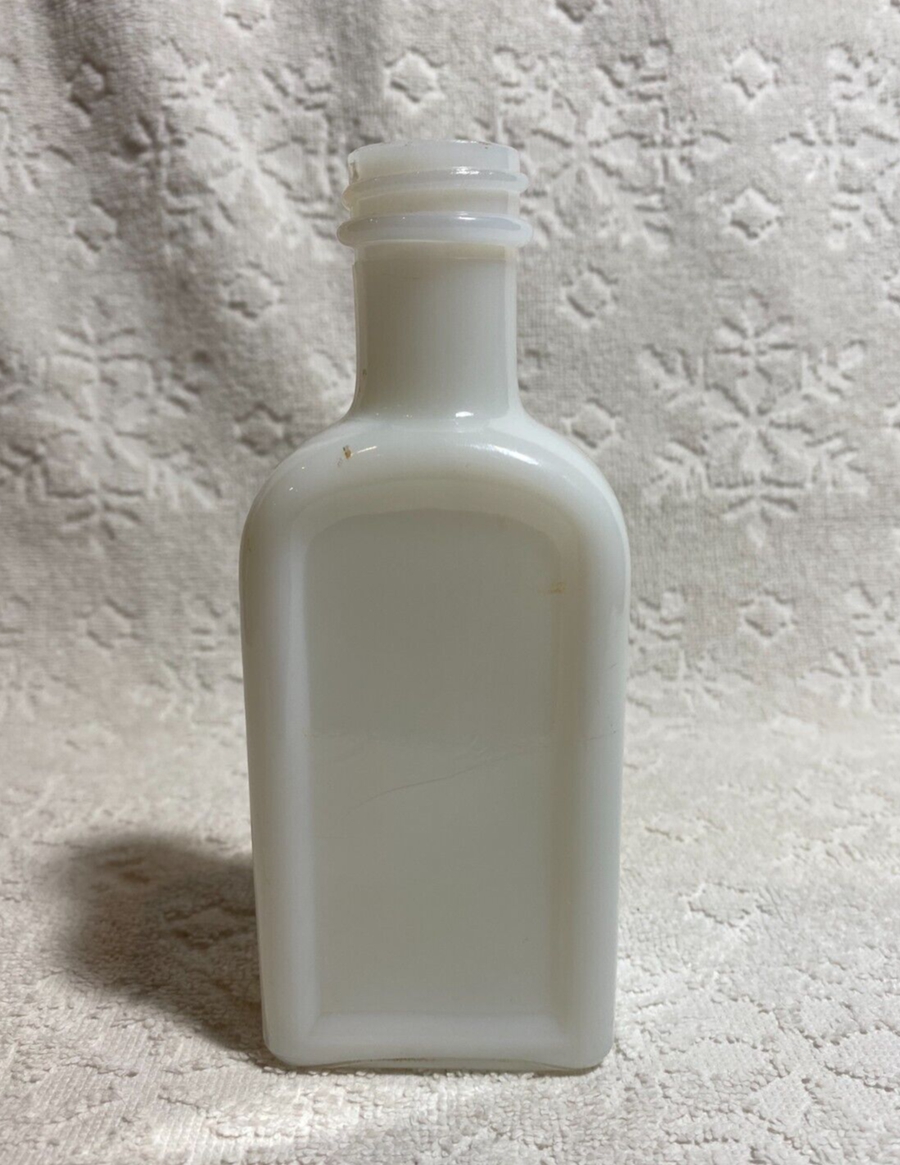
Also known as milk glass, opal glass features a distinctive white or translucent appearance. Collectors may seek out opal glass medicine bottles for their novelty and visual appeal.
As you continue your antique medicine bottle journey, remember that rarity, condition, color, and branding all contribute to the value of each piece in your collection. Maintain a focus on pieces that speak to you and enjoy the process of uncovering the fascinating history behind these unique bottles.
Selling Antique Medicine Bottles
How to Sell Your Antique Medicine Bottles Successfully
When selling antique medicine bottles, following these tips will greatly increase the chances of a successful sale:
- Research and identify your bottles: Before listing your antique medicine bottles, it is essential to know their history and specifics. Utilize resources like books, websites, and expert opinions to accurately identify your bottles. This information will help you create informative and accurate listings that attract potential buyers.
- Take high-quality photos: Having clear, well-lit images of your bottles from various angles is essential for potential buyers to get a clear idea of the condition and features of the bottles.
- Provide detailed descriptions: In your listing or sales pitch, provide as many details as possible about the bottles. Include information such as branding and trademarks, design and shape, color, bottle markings, and any peculiarities that make the bottle unique or rare.
- Set a fair price: To determine a reasonable price for your bottles, research the value of similar items that have sold or are currently for sale. This can be done through auction records, antique shops, collector forums, and online marketplaces. Price your items according to factors like rarity, condition, and historical significance.
- Choose the right sales platform: Consider listing your bottles on multiple platforms to reach a wider audience. Utilize auction sites, online marketplaces, and collector forums to increase the chances of finding interested buyers.
- Pack bottles securely: When shipping your bottles to a buyer, ensure that they are appropriately packed to prevent damage during transit. Also, consider insuring valuable or rare items in case of loss or damage.
- Be honest about the condition: Clearly disclose any flaws, defects, or restorations in the bottle’s description to maintain transparency with potential buyers. Honesty is key in establishing credibility and trust.
Following these steps will greatly enhance your chances of successfully selling your antique medicine bottles and providing satisfaction to both you and the buyer.
Final Words
As you continue to explore the fascinating world of antique medicine bottles, remember that the key to successful identification and valuation lies in your attention to detail. Look for specific characteristics like branding and trademarks, design and shape, color, and bottle markings. Your observations will better help you in categorizing and appreciating these historical treasures.
Consult reputable resources such as books, websites, and antique specialists when you need assistance or further information. This will not only aid in accurate identification but also ensure that you become more knowledgeable about the vast array of antique medicine bottles.
Keep in mind the factors that affect an antique medicine bottle’s value, such as the manufacturer, condition, limited availability, color, labels, and overall design. By developing a comprehensive understanding of these factors, you can make well-informed decisions when evaluating or purchasing antique medicine bottles.
In conclusion, always approach antique medicine bottle collecting with curiosity and a desire to learn. As you gain experience in this fascinating hobby, you’ll develop a deeper appreciation for the history and craftsmanship of these unique collectibles.

